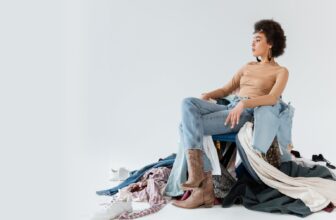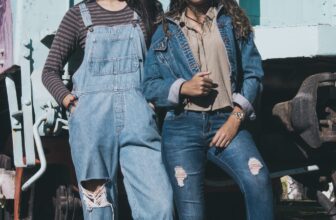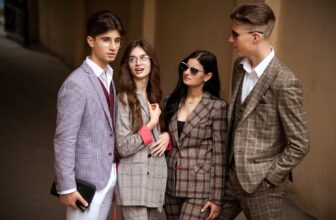
Fashion’s New Era: Beyond Trends, Toward Lifestyle and Identity
Fashion has always been about more than just clothing. It reflects who we are, the culture we live in, and the values we choose to embrace. As we step further into 2025, the fashion industry is undergoing a transformation unlike anything before. It’s not just about what’s on the runway—it’s about how fashion interacts with technology, sustainability, identity, and lifestyle. This new wave of fashion is changing not only what we wear but why we wear it.
Fashion as Self-Expression
Gone are the days when seasonal trends dictated everyone’s wardrobe. Today, fashion is less about following rules and more about individuality. People are choosing outfits that tell a story about their personality, lifestyle, or beliefs.
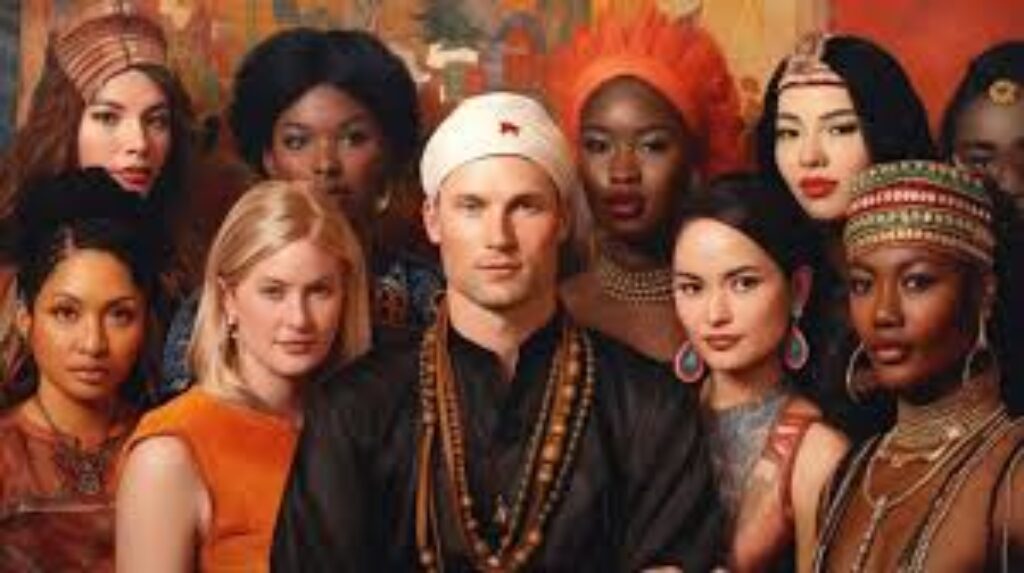
Oversized tailoring, statement sneakers, or bold accessories aren’t just style choices—they’re ways of expressing freedom, creativity, and confidence. Meanwhile, some embrace minimalism, choosing neutral palettes and clean silhouettes that reflect calm, simplicity, and timeless elegance. In this new era, fashion is about identity, not conformity.
The Influence of Technology
Technology continues to blur the boundaries between fashion and digital life. Virtual fashion shows, augmented reality fitting rooms, and AI-driven styling apps are now part of the mainstream. Brands are experimenting with digital-only clothing collections—garments that exist purely in virtual spaces for avatars, gaming, or social media filters.
This shift doesn’t just make fashion more accessible; it expands what’s possible. Digital fashion eliminates waste while offering endless creativity. You can wear a shimmering gown online without ever owning it physically. It’s a perfect blend of imagination and sustainability.
Sustainability as a Lifestyle
One of the biggest changes in modern fashion is the shift from fast fashion to conscious fashion. Consumers are demanding transparency and responsibility. They want to know: Where was this made? Who made it? What materials were used?
In response, brands are investing in recycled fabrics, ethical production, and circular fashion models like resale and rental platforms. Shoppers are also becoming smarter—choosing to invest in high-quality staples that last, rather than cheap items that wear out quickly. The “buy less, choose well” philosophy is shaping wardrobes everywhere.
Inclusivity and Diversity
Fashion in 2025 is more inclusive than ever before. Campaigns and collections are breaking away from narrow beauty standards and embracing diversity in body types, ages, genders, and cultural backgrounds.
Genderless fashion continues to gain traction, allowing people to dress based on style preference rather than outdated categories of “menswear” and “womenswear.” Adaptive clothing for people with disabilities is also gaining visibility, showing that fashion is truly for everyone.
This inclusivity isn’t just about representation—it’s about empowerment. By reflecting real people, fashion is becoming a tool of belonging and pride.
Streetwear’s Enduring Influence
Streetwear, once a niche subculture, has become a global powerhouse. It has evolved beyond hoodies and sneakers, blending into luxury collections and redefining casual style. Streetwear’s appeal lies in its authenticity and comfort—it’s fashion that feels real, accessible, and expressive.
Luxury houses now collaborate with streetwear brands, merging exclusivity with everyday cool. The result is a fashion landscape where sneakers can be paired with suits and oversized hoodies with designer handbags.
The Balance Between Boldness and Subtlety
Interestingly, 2025 fashion is defined by contrasts. On one side, boldness reigns—neon colors, exaggerated silhouettes, metallic fabrics, and maximalist accessories. On the other, quiet luxury emphasizes understated elegance, minimal logos, and timeless sophistication.
These two approaches coexist, giving people freedom to choose. One day, it’s about making a loud statement; the next, it’s about quiet confidence. Fashion is no longer either/or—it’s both.
Fashion and Lifestyle Merge
Today’s fashion choices extend far beyond clothing. Accessories, beauty, grooming, and even wellness are part of the broader fashion lifestyle. People are curating wardrobes the same way they curate home décor, fitness routines, and personal branding on social media.
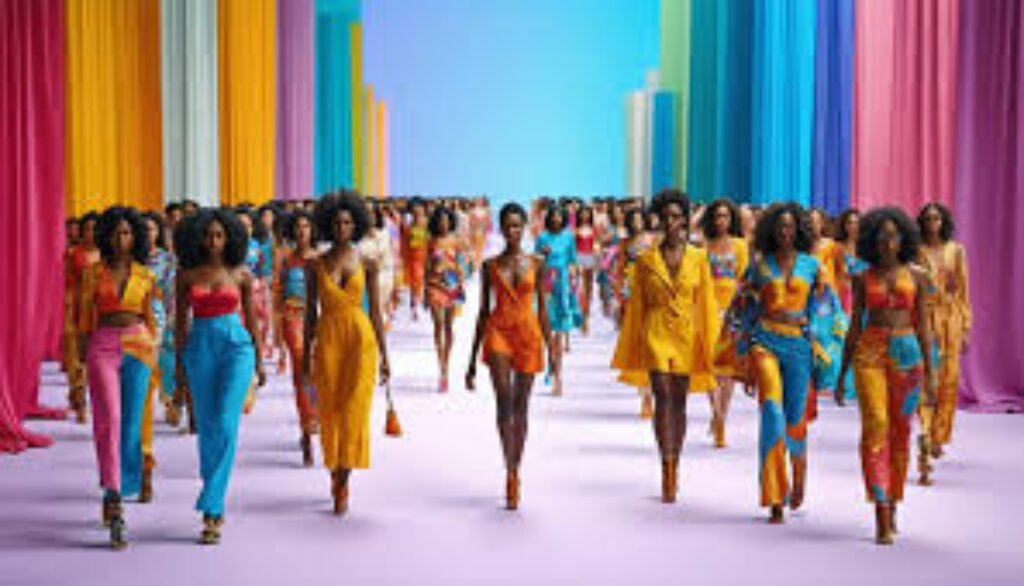
The modern consumer doesn’t just buy an outfit—they buy into a lifestyle that resonates with who they are or aspire to be. This is why collaborations between fashion brands and industries like tech, wellness, and travel are becoming more common. Fashion is now a lifestyle ecosystem.
Final Thought
The new fashion era isn’t just about trends; it’s about values, individuality, and self-expression. It’s about using style as a tool to tell your story, embrace inclusivity, and live sustainably. Whether it’s through bold statement pieces, timeless quiet luxury, or digital fashion in the metaverse, 2025 proves one thing: fashion is no longer just what we wear—it’s how we live.



